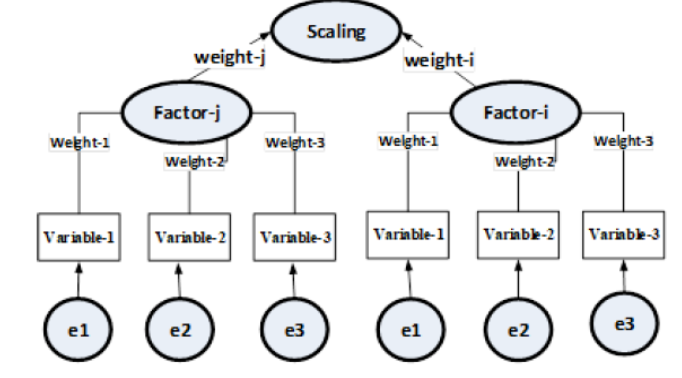


Indian Journal of Science and Technology
DOI: 10.17485/IJST/v13i36.1244
Year: 2020, Volume: 13, Issue: 36, Pages: 3785-3800
Original Article
Kamal Uddin Sarker1,2*, Aziz Deraman1, Raza Hasan3, Ali Abbas2
1Faculty of Ocean Engineering Technology and informatics, Universiti Malaysia Terengganu,Malaysia
2Department of Computing, Middle East College, Muscat, Oman
3Institute of Informatics and Communication, Malaysian University of science and technology, Selangor, Malaysia
*Corresponding Author
Email: [email protected], [email protected]
Received Date:28 June 2020, Accepted Date:19 September 2020, Published Date:12 October 2020
Objectives: This research addresses the causal relationship among processes, tasks, resources, and stakeholders of the software projects to improve the success rate that is 31% only now (CHAOS report 2019). Methods: A software project management framework is developed based on the findings of an empirical study on recent commonly used methodologies and root cause analysis on the reasons for project failure. The causeeffect relationship is prioritized by Structural Equation Modeling (SEM) to develop the Explicit Specification Framework (ESF). The framework is tied to the pinpointing with ontology for formal presentation, descriptive logic for unambiguous information specification, and ikigai for decision-making.Findings: The proposed framework is evaluated by a group of experts and their average scope is evaluated by a group comparison mechanism called Grey Rational Analysis (GRA). The evaluation process considered 6 parameters and compared it with 4 commonly used project management approaches. The highest GRA rank is found for the average of six distinct parameters though it is comparatively more complex for explicit documentation. The three-layer architecture of ESF remarks on roles, functions, and respective stakeholders in each layer presented by a comprehensive comparison study with literature and found that it enhances formal practice, sustainability, and management capability. ESF is easy to implement for distributed project management and improving automation facilities in the software industries.Novelty/Application: Artificial intelligence, the Internet of things, and big data would be common elements of a software project and ESF would meet the demand for project information specification, management, and control.
Keywords: Software Project Management; Software Quality Control; methodology; multi- criteria decision making; structural educational modeling; ontology
© 2020 Sarker et al.This is an open-access article distributed under the terms of the Creative Commons Attribution License, which permits unrestricted use, distribution, and reproduction in any medium, provided the original author and source are credited. Published By Indian Society for Education and Environment (iSee).
Subscribe now for latest articles and news.